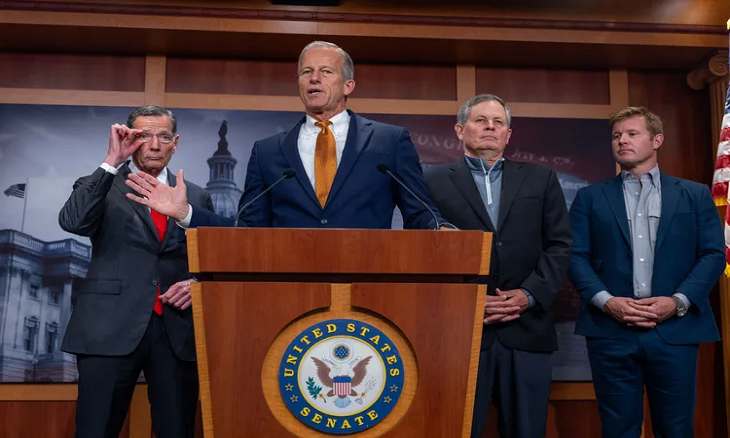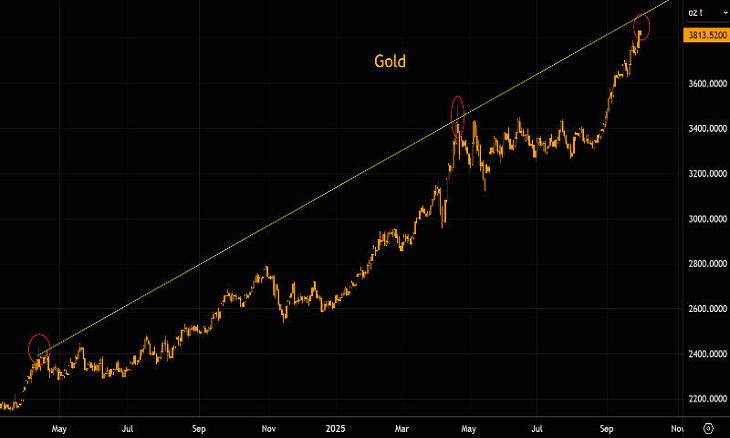As the U.S. government edges closer to a full shutdown, Goldman Sachs provides a comprehensive analysis of the potential economic and financial impacts.
What Is a Government Shutdown?
A government shutdown occurs when Congress fails to pass funding legislation, leading to the suspension of non-essential federal operations. Essential services, including military, law enforcement, and mandatory programs like Social Security and Medicare, continue uninterrupted. However, discretionary functions such as national parks, research agencies, and regulatory bodies may cease until funding is restored.
Economic Impact: Goldman Sachs’ Forecast
Goldman Sachs estimates that a full government shutdown would reduce U.S. GDP growth by approximately 0.15 percentage points per week. This translates to a potential 0.2 percentage point decline when considering broader private sector effects. Notably, the economic contraction is expected to be temporary, with growth rebounding in the subsequent quarter.
Federal Workforce and Operations
During a shutdown, around 900,000 federal employees may be furloughed, facing delays in pay until the resolution of the funding gap. However, essential personnel, including military members, air traffic controllers, and law enforcement officers, remain on duty. The White House has indicated preparations for potential mass layoffs, signaling a shift from traditional furloughs.
Market Reactions and Investor Sentiment
Financial markets have shown signs of concern, with global equities experiencing declines as the shutdown looms. Analysts warn that prolonged uncertainty could delay key economic data releases, complicating assessments for the Federal Reserve and investors alike.
Strategic Considerations for Investors
In light of the impending shutdown, investors are advised to:
- Monitor Key Economic Indicators: Stay informed about potential delays in data releases, such as employment and inflation reports.
- Assess Portfolio Exposure: Evaluate holdings in sectors directly impacted by government operations, including defense, healthcare, and infrastructure.
- Prepare for Volatility: Anticipate short-term market fluctuations and consider strategies to mitigate risk.
Conclusion
While a government shutdown poses challenges, its economic impact is projected to be temporary. By staying informed and proactive, investors can navigate the uncertainties and position themselves for potential opportunities in the post-shutdown recovery phase.





